Home>Renovation & DIY>Tools & Equipment>What Is The Finest Sandpaper Grit
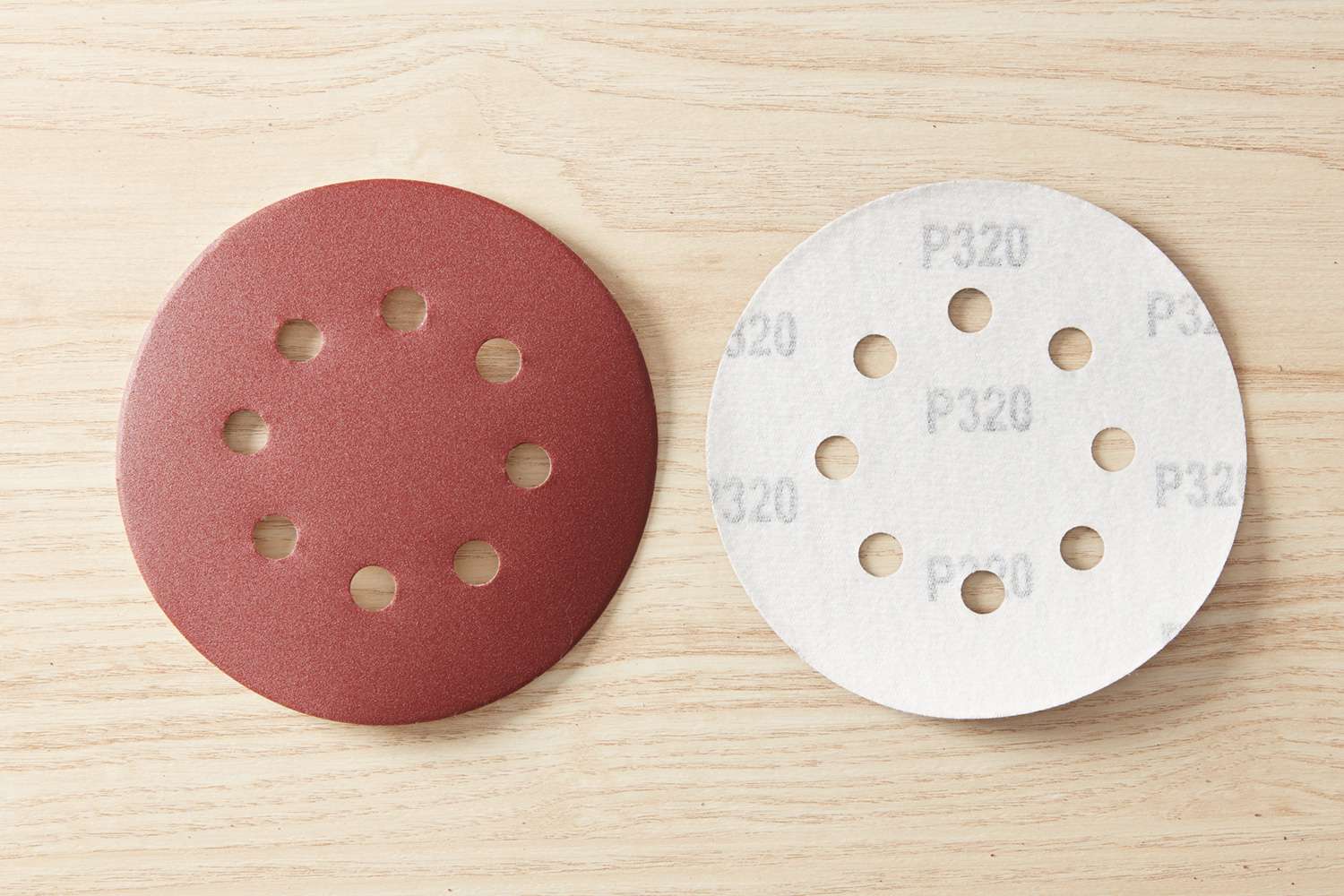

Tools & Equipment
What Is The Finest Sandpaper Grit
Published: December 20, 2023
Discover the best sandpaper grit for your tools and equipment. Find out which grit is perfect for your sanding needs. Choose the finest sandpaper grit today!
(Many of the links in this article redirect to a specific reviewed product. Your purchase of these products through affiliate links helps to generate commission for Storables.com, at no extra cost. Learn more)
Introduction
Welcome to the world of sandpaper grit, where the quest for a smooth, polished finish begins. Whether you’re an experienced craftsman or a DIY enthusiast, understanding the nuances of sandpaper grit is essential for achieving impeccable results in your woodworking, metalworking, or home improvement projects. In this comprehensive guide, we’ll delve into the intricacies of sandpaper grit, exploring the different levels of coarseness and fineness and their respective applications. By the end of this journey, you’ll be equipped with the knowledge to select the finest sandpaper grit for your specific project, ensuring a flawless outcome that reflects your craftsmanship.
Key Takeaways:
- Choose coarse grit (40-60) for heavy material removal and shaping rough surfaces. Exercise caution to avoid excessive pressure and pair with a sanding block for even abrasion.
- Opt for extra fine grit (220-600) for meticulous surface smoothing and preparing for intricate finishes. Use light, consistent strokes and maintain unwavering attention to detail for flawless results.
Read more: What Grit Sandpaper For Stairs
Understanding Sandpaper Grit
Sandpaper grit serves as the compass for navigating the terrain of surface preparation and refinement. The grit of sandpaper refers to the number of abrasive particles per square inch of the paper. The higher the grit number, the finer the sandpaper. Understanding the characteristics of different grits is pivotal in achieving the desired surface texture and smoothness.
When embarking on a sanding endeavor, it’s crucial to comprehend the diverse grit options available and their respective functions. From coarse grit for heavy material removal to extra fine grit for delicate finishing touches, each grit designation plays a distinct role in the sanding process. Let’s embark on a journey through the realms of coarse, medium, fine, and extra fine grits, unraveling their unique attributes and optimal applications.
Coarse Grit
Coarse grit sandpaper, typically ranging from 40 to 60 grit, is the workhorse of material removal. Its abrasive particles are larger and more widely spaced, making it ideal for swiftly leveling uneven surfaces, removing paint, varnish, or rust, and shaping rough lumber. When confronted with stubborn imperfections or rough edges, coarse grit sandpaper comes to the rescue, efficiently transforming rugged surfaces into a blank canvas for subsequent refinement.
Applications of coarse grit sandpaper extend across various domains, from carpentry and woodworking to automotive restoration. It is indispensable for initial surface preparation, especially when dealing with hardwoods, metal, or masonry. The aggressive nature of coarse grit enables it to tackle challenging tasks with precision, making it an indispensable ally in the pursuit of pristine surfaces.
When wielding coarse grit sandpaper, it’s essential to exercise caution and avoid excessive pressure, as its potent abrasiveness can swiftly diminish material if not utilized judiciously. Pairing it with a sanding block or power sander facilitates even abrasion and minimizes the risk of uneven surfaces. As the foundation of the sanding hierarchy, coarse grit sandpaper lays the groundwork for subsequent refinement, setting the stage for the gradual evolution of surfaces from rugged to resplendent.
Medium Grit
Medium grit sandpaper, typically ranging from 80 to 120 grit, embodies versatility in the realm of surface preparation and refinement. With a balance between material removal and surface smoothing, medium grit sandpaper is adept at refining the groundwork laid by its coarse grit counterpart. Its moderate coarseness makes it suitable for smoothing out rough surfaces, eliminating scratches left by coarse grit sandpaper, and preparing the groundwork for finer grits.
Applications of medium grit sandpaper span a wide spectrum, encompassing woodworking, metalworking, and automotive restoration. Its efficacy in preparing surfaces for painting or staining renders it indispensable in the realm of finishing work. Whether it’s refining the contours of wooden furniture, smoothing metal surfaces, or preparing automotive components for a flawless finish, medium grit sandpaper serves as a pivotal intermediary in the journey toward refined surfaces.
When utilizing medium grit sandpaper, employing consistent and even strokes is paramount to achieving uniform surface texture. Whether hand sanding or using a power sander, maintaining a steady rhythm ensures a seamless transition from coarser to finer textures. Additionally, inspecting the surface periodically during sanding allows for the detection and rectification of imperfections, ensuring a pristine foundation for subsequent refinement.
Medium grit sandpaper embodies the essence of balance, harmonizing material removal with surface smoothing to pave the way for the culmination of a flawless finish. Its adaptability and efficacy in preparing surfaces for subsequent treatments make it an indispensable ally in the pursuit of refined craftsmanship.
For general sanding and smoothing, start with 120-150 grit sandpaper. For finer finishing, use 220-320 grit. Always sand in the direction of the wood grain for best results.
Fine Grit
Fine grit sandpaper, typically ranging from 150 to 180 grit, heralds the transition from material removal to surface refinement, embodying the essence of meticulous craftsmanship. With its finer abrasive particles, fine grit sandpaper excels in smoothing out imperfections, eliminating scratches left by coarser grits, and preparing surfaces for the application of finishes such as paint, varnish, or stain.
The applications of fine grit sandpaper span a diverse array of disciplines, from woodworking and cabinetry to automotive detailing and metal polishing. Its efficacy in refining intricate contours, smoothing wooden surfaces, and preparing metal components for a lustrous finish elevates it to a pivotal role in the realm of surface refinement. Whether it’s preparing wooden furniture for a flawless finish or meticulously smoothing metal surfaces, fine grit sandpaper serves as a cornerstone in the pursuit of impeccable craftsmanship.
When employing fine grit sandpaper, a meticulous approach is paramount to achieving a flawless finish. The use of light, consistent strokes ensures uniform surface texture, while periodic inspection allows for the detection and rectification of imperfections. Whether hand sanding or utilizing a power sander, maintaining a delicate touch and a keen eye for detail is essential in harnessing the full potential of fine grit sandpaper.
Fine grit sandpaper embodies the essence of refinement, ushering surfaces toward a state of pristine smoothness and preparatory elegance. Its ability to delicately smooth imperfections and prepare surfaces for subsequent finishes cements its status as an indispensable ally in the pursuit of impeccable craftsmanship.
Read more: What Grit Sandpaper For Marble
Extra Fine Grit
Extra fine grit sandpaper, typically ranging from 220 to 600 grit, represents the pinnacle of surface refinement, exuding a realm of unparalleled smoothness and precision. With its minuscule abrasive particles, extra fine grit sandpaper excels in meticulously smoothing surfaces, eliminating imperfections left by coarser grits, and preparing substrates for the application of intricate finishes such as lacquer, shellac, or high-gloss paint.
The applications of extra fine grit sandpaper span a diverse array of disciplines, from woodworking and instrument making to automotive detailing and precision metalwork. Its efficacy in refining intricate contours, achieving mirror-like finishes on wood and metal, and preparing surfaces for the most demanding finishes solidifies its status as an indispensable tool in the pursuit of flawless craftsmanship.
When utilizing extra fine grit sandpaper, a delicate touch and unwavering attention to detail are paramount. The use of light, consistent strokes ensures a uniform and flawless surface texture, while periodic inspection allows for the detection and rectification of even the most minute imperfections. Whether hand sanding or utilizing a power sander, the meticulous application of extra fine grit sandpaper is a testament to the dedication to achieving unparalleled surface refinement.
Extra fine grit sandpaper embodies the epitome of refinement, guiding surfaces toward a state of unrivaled smoothness and preparatory perfection. Its ability to delicately smooth imperfections and prepare surfaces for the most demanding finishes cements its status as an indispensable ally in the pursuit of flawless craftsmanship.
Conclusion
The journey through the realms of sandpaper grit has unveiled a spectrum of coarseness and fineness, each playing a pivotal role in the pursuit of impeccable craftsmanship. From the rugged potency of coarse grit to the delicate precision of extra fine grit, the diverse array of sandpaper grits caters to the multifaceted needs of woodworking, metalworking, and surface refinement. Understanding the distinct characteristics and optimal applications of each grit is essential in harnessing their full potential to achieve flawless results.
Coarse grit sandpaper stands as the vanguard of material removal, swiftly transforming rugged surfaces into a blank canvas for subsequent refinement. Its aggressive abrasiveness and efficacy in leveling uneven surfaces make it indispensable in the preliminary stages of surface preparation.
Medium grit sandpaper embodies versatility, balancing material removal with surface smoothing to prepare surfaces for subsequent refinement. Its efficacy in refining rough surfaces and eliminating scratches left by coarser grits renders it indispensable in the realm of woodworking, metalworking, and automotive restoration.
Fine grit sandpaper heralds the transition from material removal to surface refinement, delicately smoothing imperfections and preparing surfaces for the application of finishes. Its meticulous approach and ability to achieve pristine smoothness elevate it to a pivotal role in the pursuit of impeccable craftsmanship.
Extra fine grit sandpaper represents the pinnacle of surface refinement, exuding unparalleled smoothness and precision. Its ability to delicately smooth imperfections and prepare surfaces for the most demanding finishes solidifies its status as an indispensable tool in the pursuit of flawless craftsmanship.
As you embark on your sanding endeavors, may this comprehensive guide serve as a compass, guiding you through the diverse terrain of sandpaper grit and empowering you to select the finest grit for your specific project. With a nuanced understanding of sandpaper grit, you are poised to embark on a journey toward flawless surfaces, reflecting the artistry and dedication inherent in your craftsmanship.
Frequently Asked Questions about What Is The Finest Sandpaper Grit
Was this page helpful?
At Storables.com, we guarantee accurate and reliable information. Our content, validated by Expert Board Contributors, is crafted following stringent Editorial Policies. We're committed to providing you with well-researched, expert-backed insights for all your informational needs.




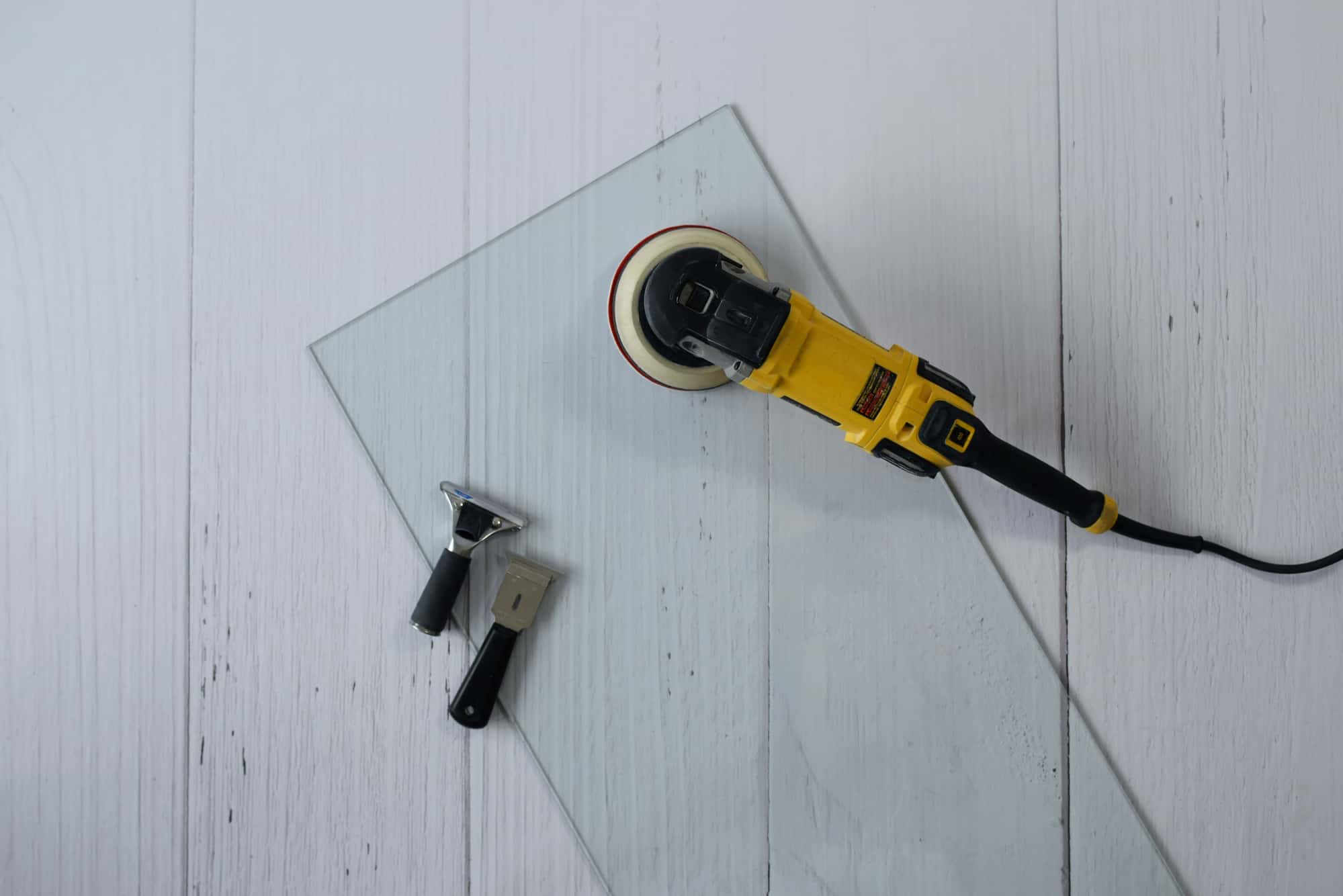
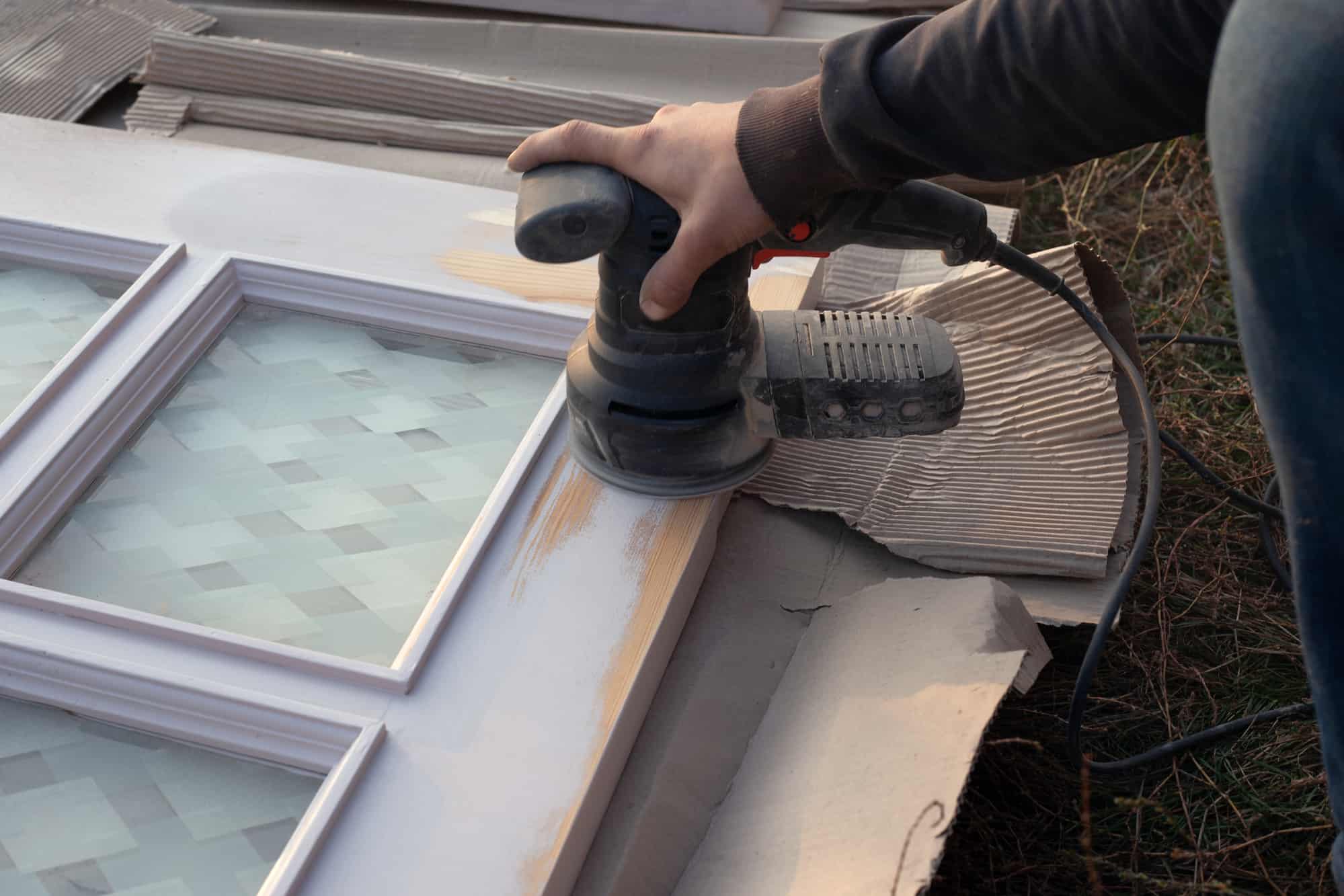
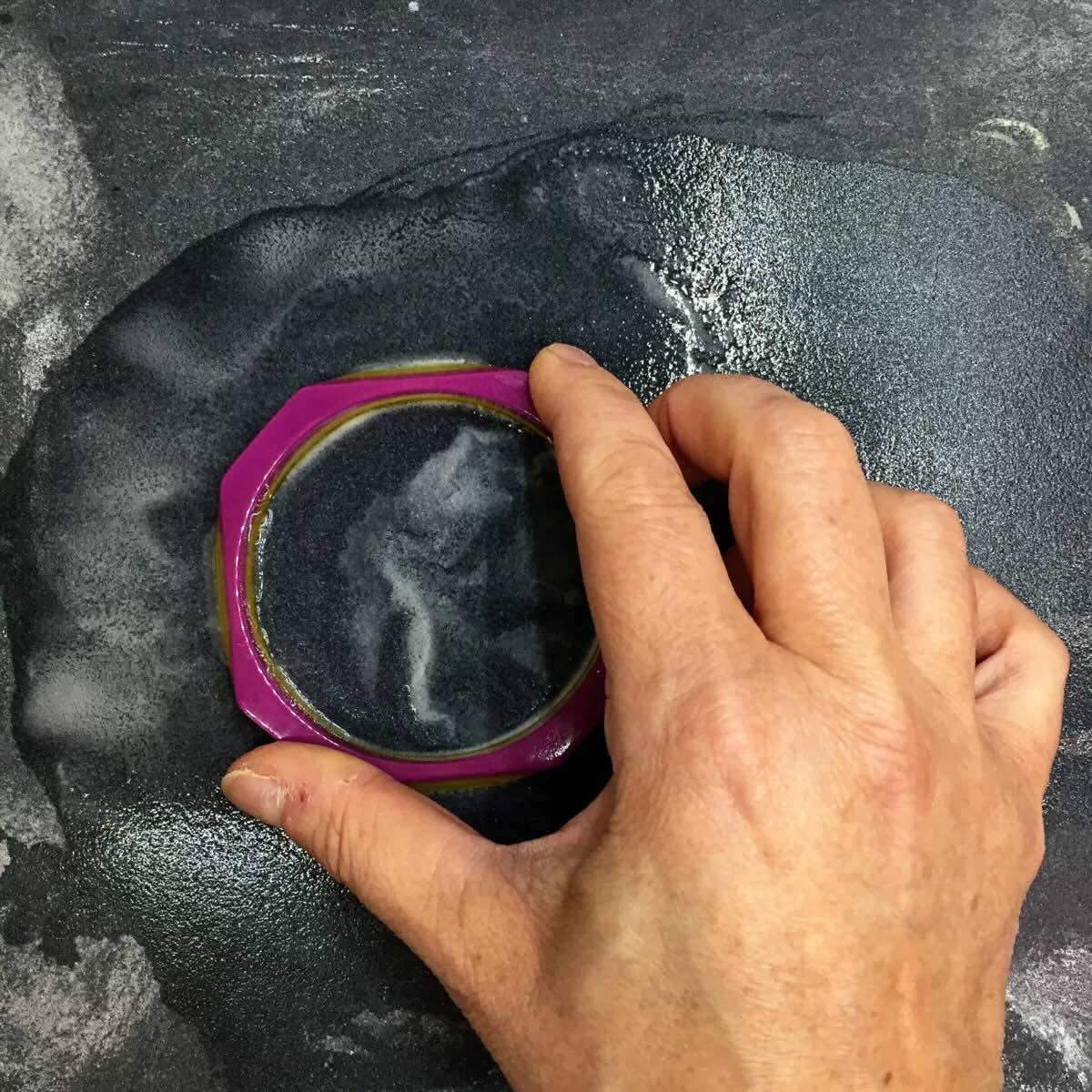
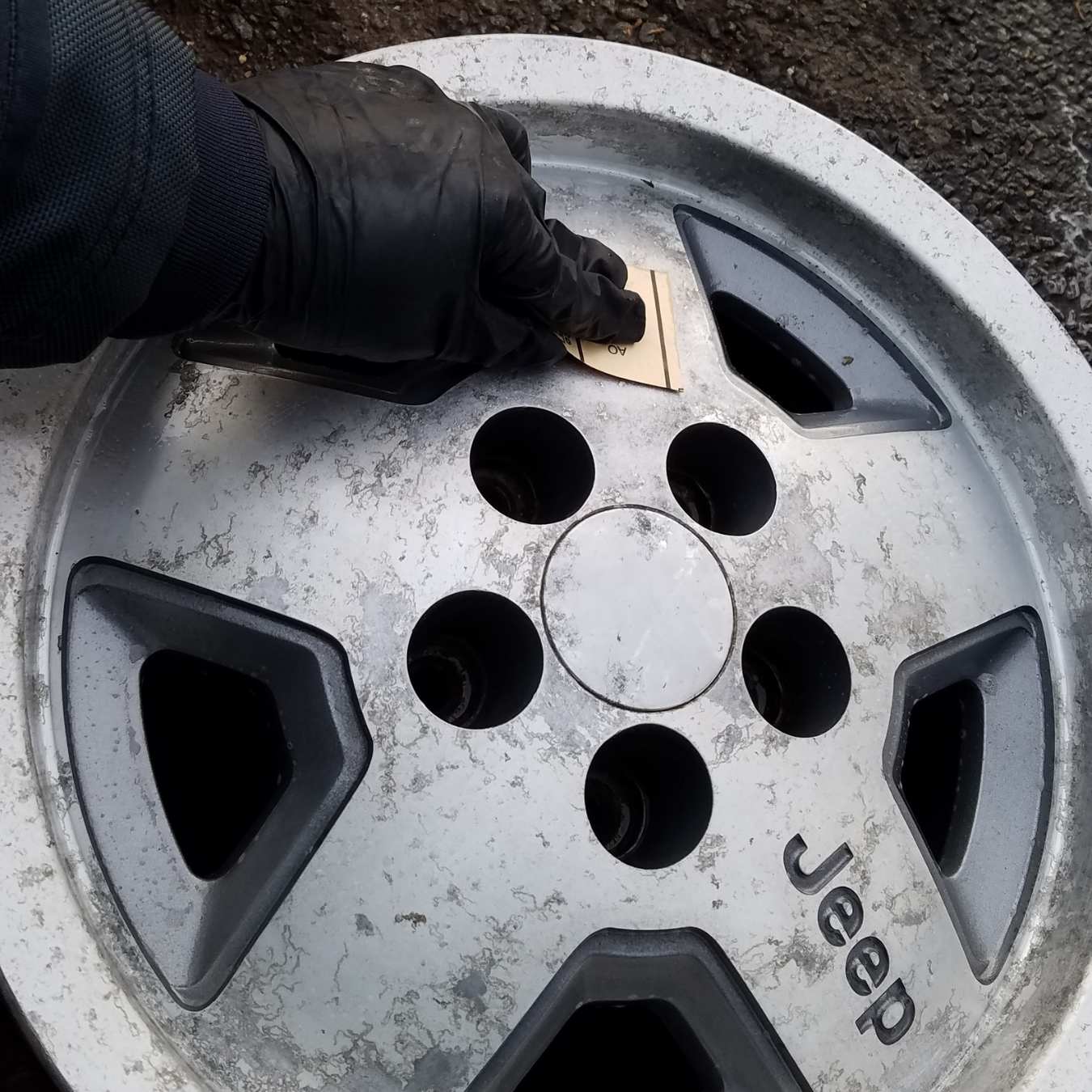

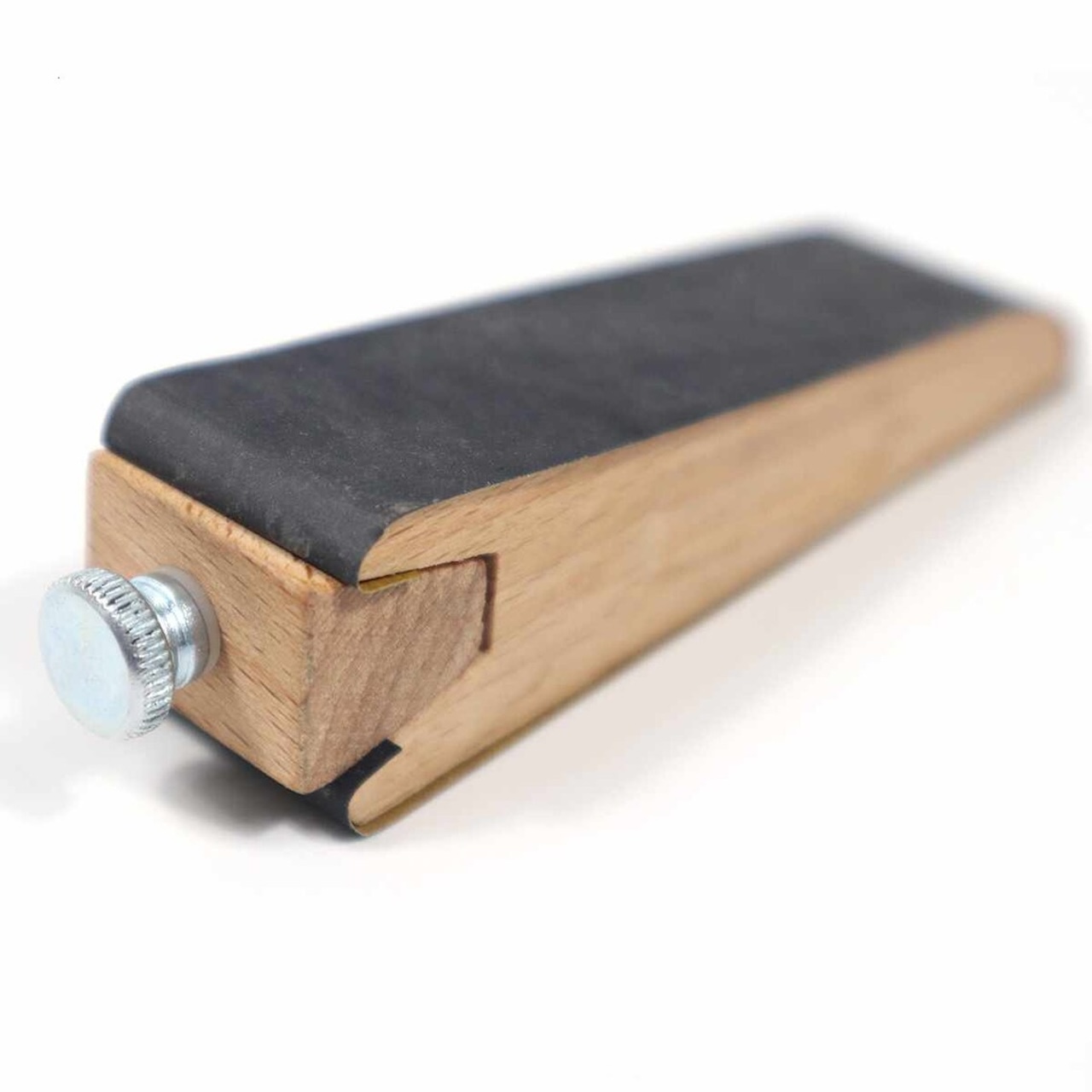
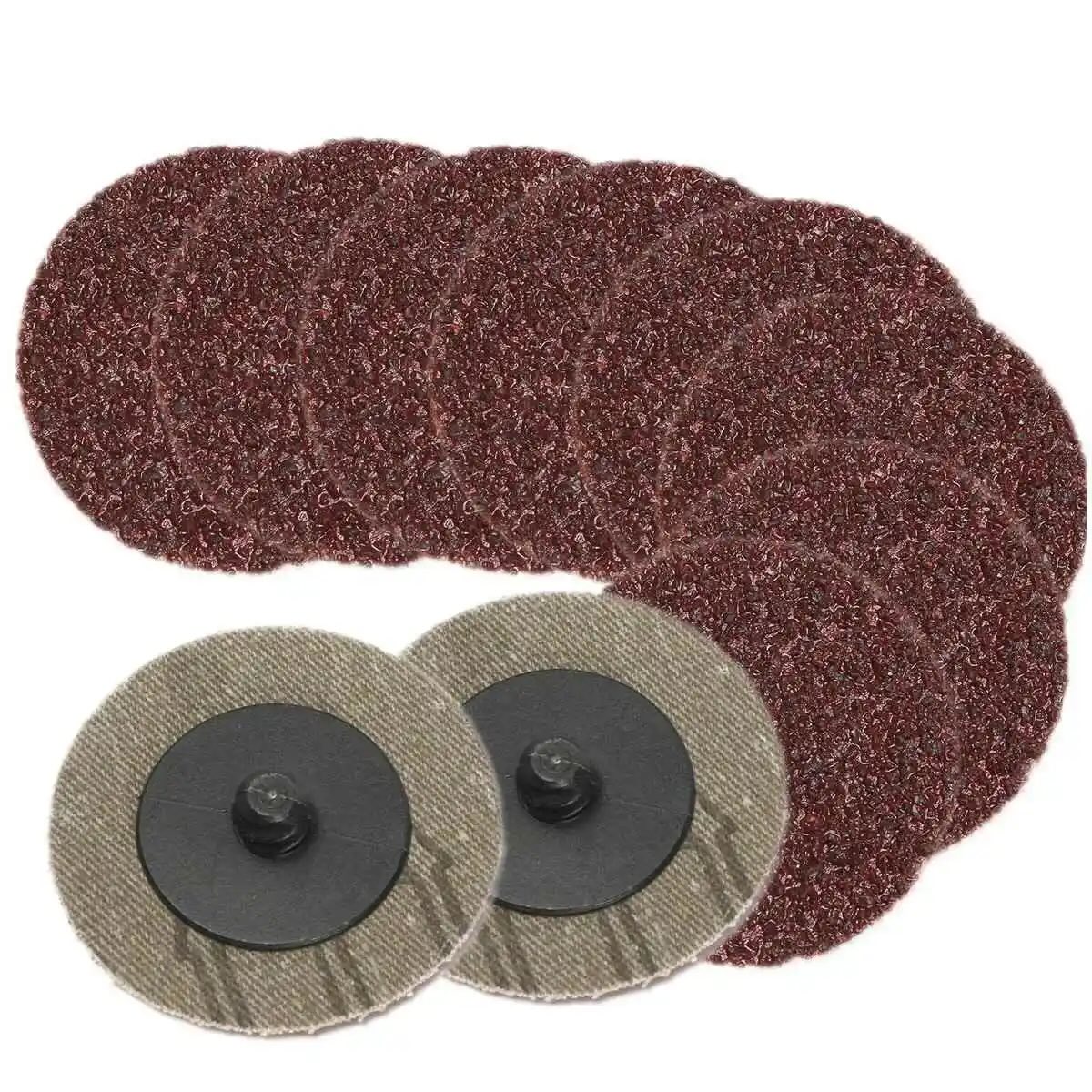
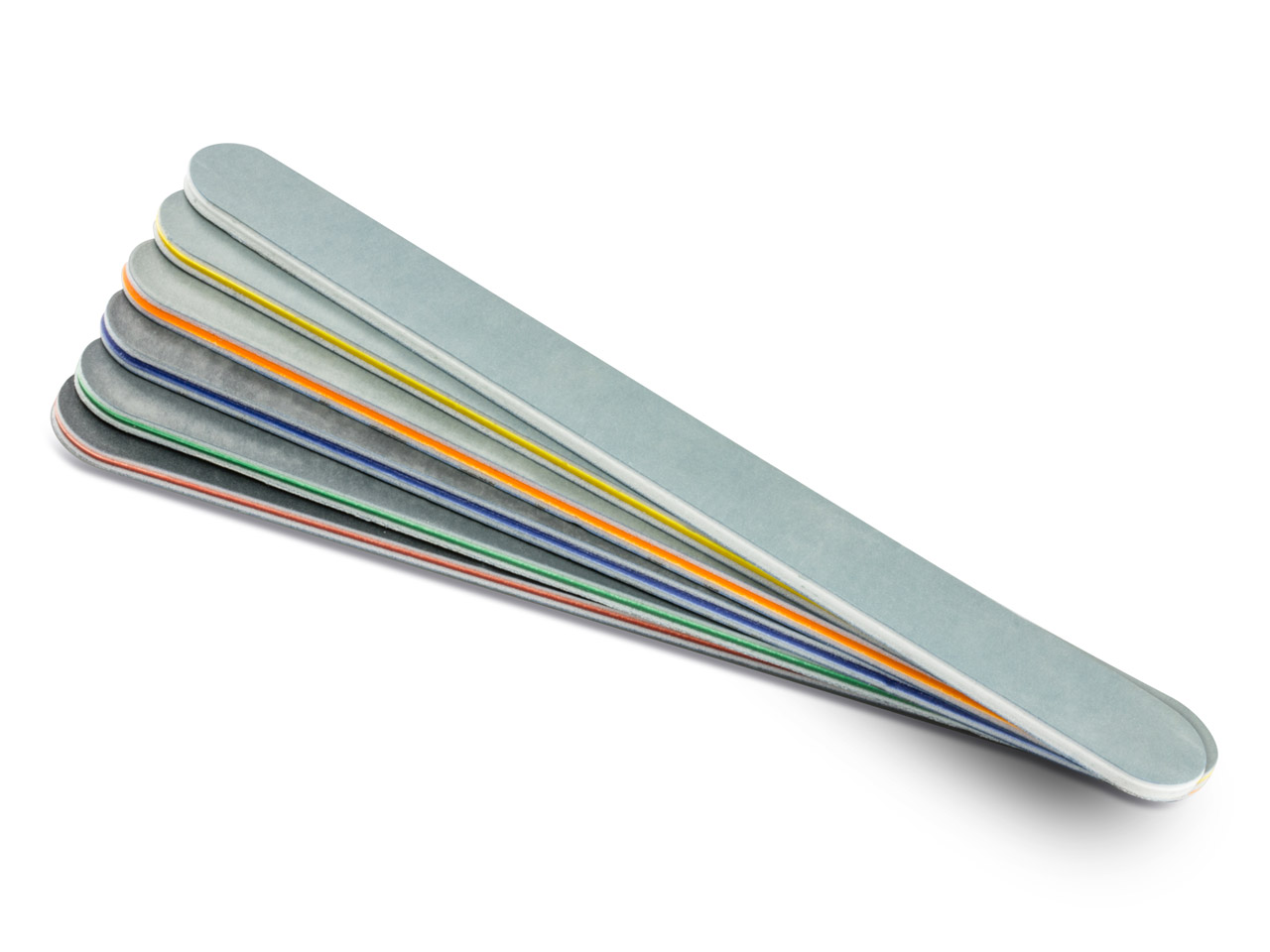
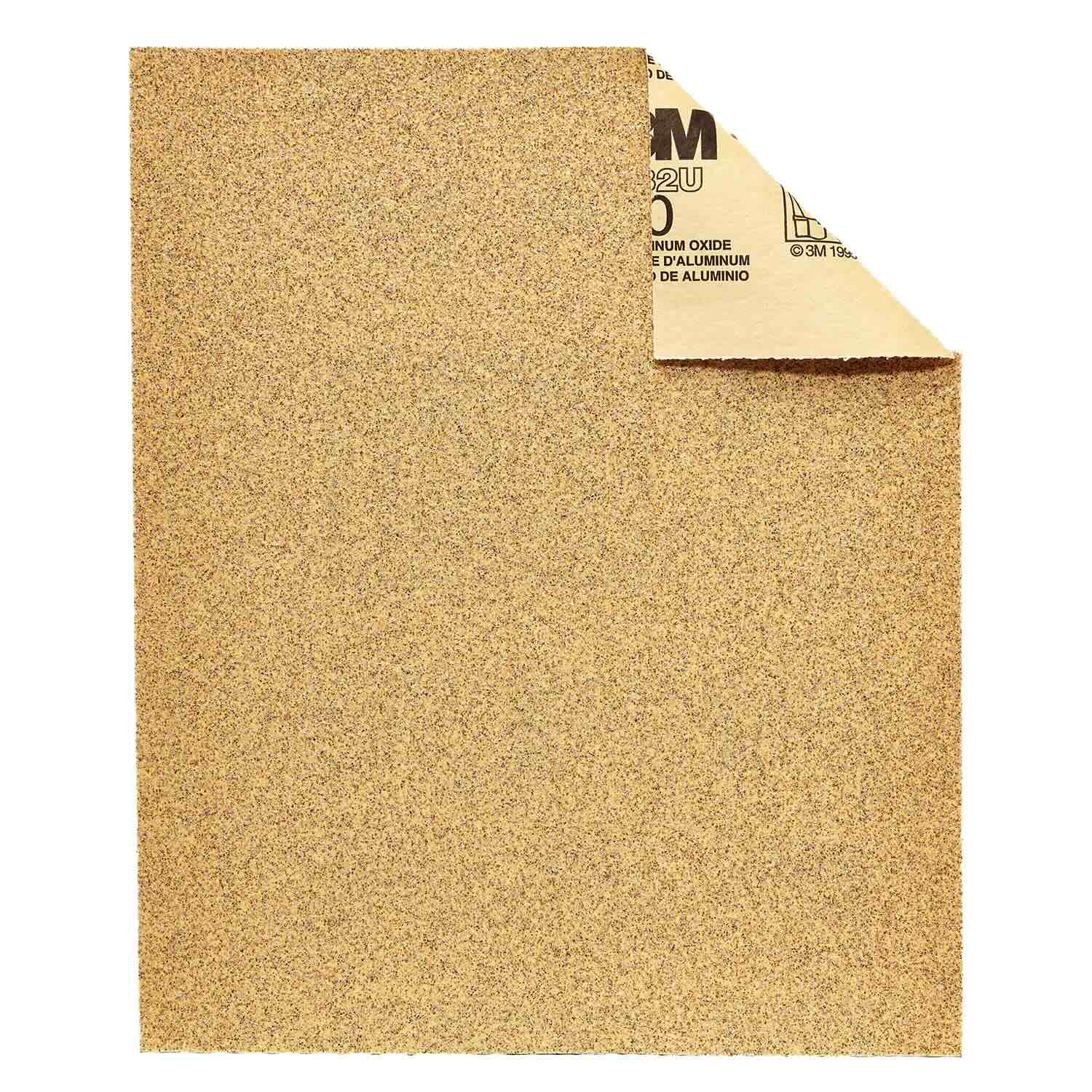
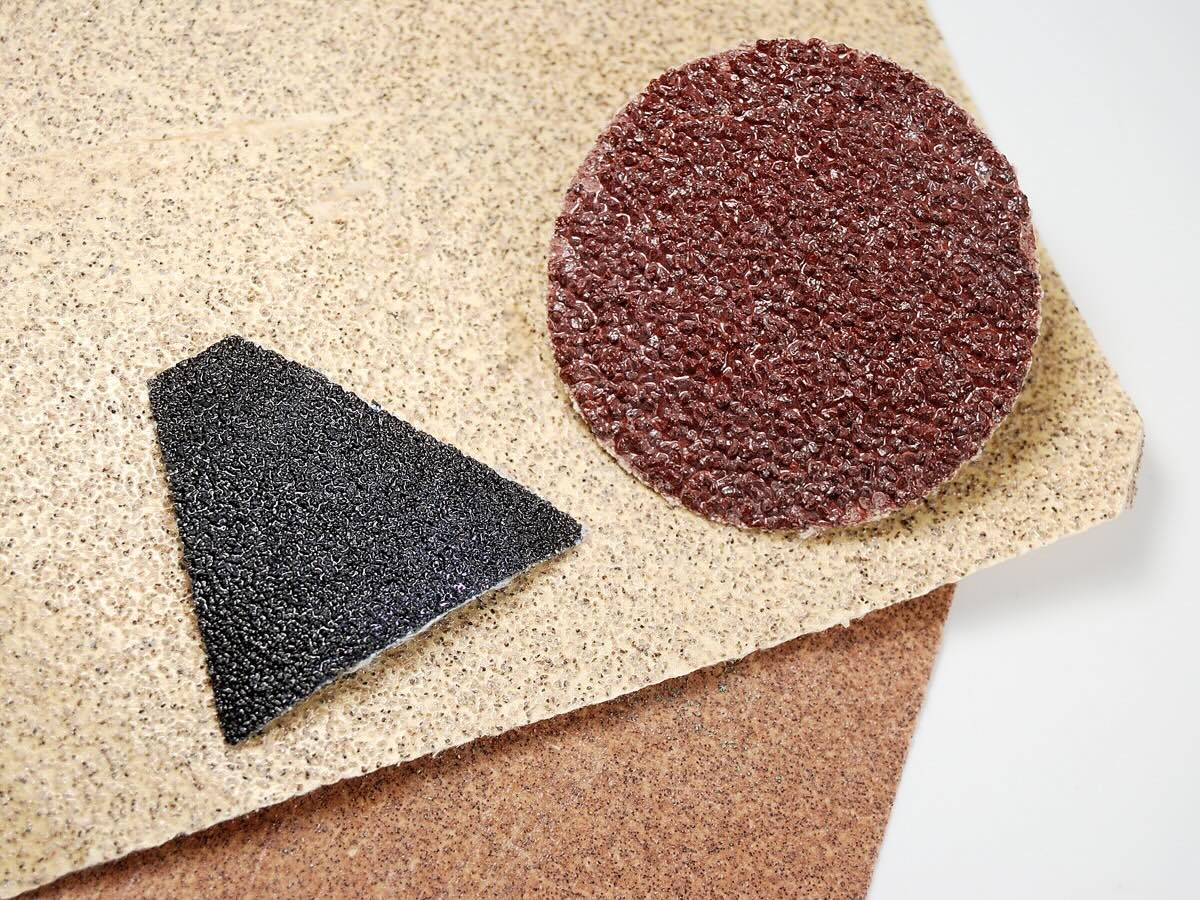

0 thoughts on “What Is The Finest Sandpaper Grit”